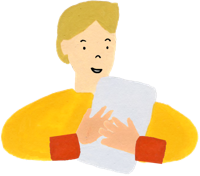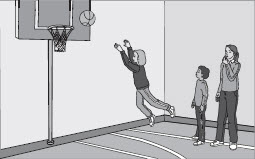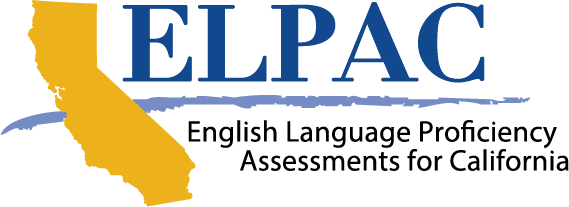
Grade 6
Summative ELPAC: Written Language
Below you will find more details on the areas the ELPAC includes as well as how you can understand your child’s scores. Use this information to get a deeper understanding of what your child has mastered or areas where your child may need more help. There are also resources you can use to locate additional activities to support your child’s learning at home.

What does my child need to understand and do in this area?
For Reading, students can read a variety of materials and answer questions about what they’ve read.
For Writing, students can write about a variety of topics for different purposes including giving their opinion, describing a picture, and writing about an experience or academic information.


Sample Test Questions
Here are sample test questions.
-
 1 Reading
1 Reading-
Read the following to the student.
Say: Now you are going to read a text on your own. After, I will ask you some questions about what you read.
-
[1] “How was school today, Ethan?” Ethan’s mom asked as he climbed into the car. She was always curious to know…
-
What is the main theme of the story?
-
-
A
Learning about ancestors can be interesting.
-
B
Working hard at something can be rewarding.
-
C
Enjoying activities together can make relationships stronger.
-
D
Technology can make it easier to keep in touch with friends.
-
A
-
What word best describes Ethan’s attitude at the beginning of the story?
-
-
A
disappointed
-
B
independent
-
C
confident
-
D
distant
-
A
-
-
C
Enjoying activities together can make relationships stronger.
-
C
-
-
D
distant
-
D
-
-
 2 Writing
2 Writing-
Read the following to the student.
Say: You and your partner need to describe a picture. Your partner has started writing a paragraph. The paragraph may contain errors. Read your partner’s paragraph below and then follow the directions.
-

-
The students are taking turns. The girl just careful throwed the ball. The boy is looking at the ball. The ball is in the air.
Look at this sentence.
The students are taking turns.
Rewrite this sentence with more detail.
-
Full credit – The response consists of a complete sentence that fully addresses the task (by adding details, correcting errors, condensing or connecting ideas, or expressing something that might happen next). Grammar and word choice are appropriate.
Half credit – The response shows an attempt to write a sentence that addresses the task, but is not correct or fully appropriate. There are errors in grammar and word choice.
No credit – Response copies the prompt, contains no English, does not relate to the prompt, or includes only “I don’t know.”
-


